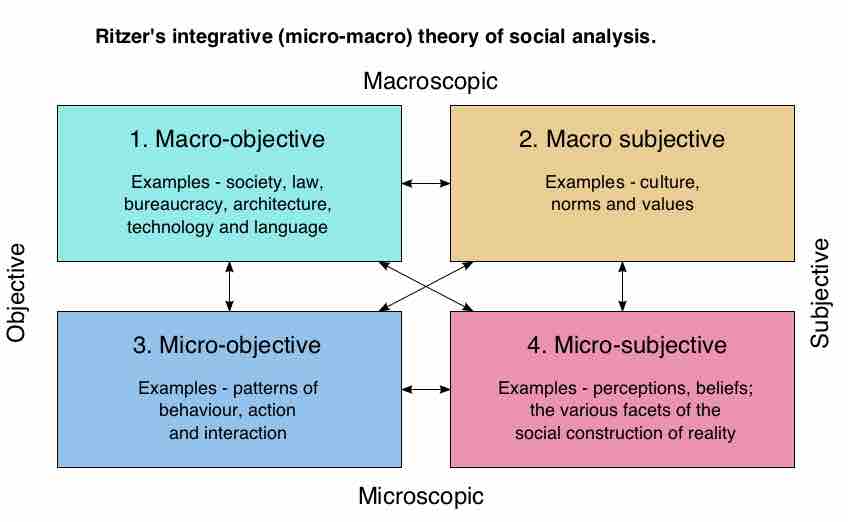Sociologists develop theories to explain social phenomena. A theory is a proposed relationship between two or more concepts. In other words, a theory is an explanation for why a phenomenon occurs.
Sociological theory is developed at multiple levels, ranging from grand theory to highly contextualized and specific micro-range theories. There are many middle-range and micro-range theories in sociology. Because such theories are dependent on context and specific to certain situations, it is beyond the scope of this text to explore each of those theories.
Sociological Theories at Work
An example of a sociological theory comes from the work of Robert Putnam. Putman's work focused on the decline of civic engagement. Putnam found that Americans involvement in civic life (e.g., community organizations, clubs, voting, religious participation, etc. ) has declined over the last 40 to 60 years. While a number of factors that contribute to this decline, one of the prominent factors is the increased consumption of television as a form of entertainment. Putnam's theory proposes:
The more television people watch, the lower their involvement in civic life will be.
This element of Putnam's theory clearly illustrates the basic purpose of sociological theory. Putnam's theory proposes a relationship between two or more concepts. In this case, the concepts are civic engagement and television watching. This is an inverse relationship - as one goes up, the other goes down; it is also an explanation of one phenomenon with another: part of the reason for the decline in civic engagement over the last several decades is because people are watching more television. In short, Putnam's theory clearly encapsulates the key ideas of a sociological theory.
Importance of Theory
Theory is the connective tissue that bridges the connection between raw data and critical thought. In the theory above, the data showed that that civic engagement has declined and TV watching has increased. Data alone are not particularly informative. If Putnam had not proposed a relationship between the two elements of social life, we may not have realized that television viewing does, in fact, reduce people's desire to, and time for participating in civic life. In order to understand the social world around us, it is necessary to employ theory to draw the connections between seemingly disparate concepts.
Another example of sociological theorizing illustrates this point. In his now classic work, Suicide, Emile Durkheim was interested in explaining a social phenomenon, suicide, and employed both data and theory to offer an explanation. By aggregating data for large groups of people in Europe, Durkheim was able to discern patterns in suicide rates and connect those patterns with another concept (or variable), religious affiliation. Durkheim found that Protestants were more likely than Catholics to commit suicide. At this point, Durkheim's analysis was still in the data stage; he had not proposed an explanation for the different suicide rates of the two groups. When Durkheim introduced the ideas of anomie and social solidarity, he began to explain the difference in suicide rates. Durkheim argued that the looser social ties found in Protestant religions lead to weaker social cohesion and reduced social solidarity. The higher suicide rates were the result of weakening social bonds among Protestants.
While Durkheim's findings have since been criticized, his study is a classic example of the use of theory to explain the relationship between two concepts. Durkheim's work also illustrates the importance of theory: without theories to explain the relationship between concepts, we would not be able to understand cause and effect relationships in social life. The discovery of the cause and effect relationship is the major component of the sociological theory.
Theories: Are Some Better than Others?
There are many theories in sociology, but there are several broad theoretical perspectives that are prominent in the field. These theories are prominent because they are quite good at explaining social life. They are not without their problems, but these theories remain widely used and cited precisely because they have withstood a great deal of criticism.
You might be inclined to ask, "Which theories are the best? " As is often the case in sociology, just because things are different doesn't mean one is better than another. In fact, it is probably more useful and informative to view theories as complementary. One theory may explain one element of society better than another. Or, both may be useful for explaining social life. In short, all of the theories are correct in the sense that they offer compelling explanations for social phenomena.

Ritzer's Integrative Micro-Macro Theory of Social Analysis
The theoretical perspectives in sociology use both micro- and macro-perspectives to understand sociological and cultural phenomenon.